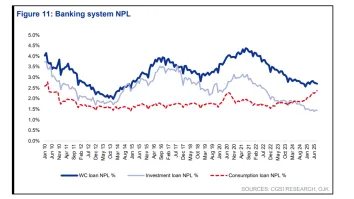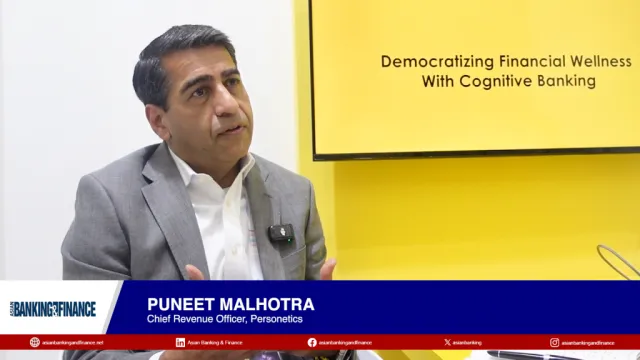SMBs drive digital wallet boom across Asia
Eighty-two percent are already on board.
Small and medium businesses (SMBs) across Asia are adopting digital wallets at a faster pace than large enterprises, driven by lower entry barriers, customer expectations, and the mobile nature of their operations.
“The barriers to entry have been lower for the SMBs,” said Tony Wood, AP Banking & Capital Markets Leader at Deloitte. “Digital penetration and the number of consumer apps and super apps across the region have supported the SMB sector.”
According to Wood, digital wallets have gained particular traction in customer-to-customer (CTC) and business-to-customer (BTC) sectors.
“For banks, it has been slower because they have legacy technology and infrastructure, and perhaps many of their clients have a more structured way of moving money,” Wood noted.
Professor Sumit Agarwal, Low Tuck Kwong Distinguished Professor of Finance, Economics and Real Estate at NUS Business School, said cost and convenience are decisive for SMBs. “The setup cost is low. There are low fees, and the POS hardware is not required,” he explained. “This right away makes them very attractive.”
SMBs are also responding to clear shifts in consumer behavior. “Customers are increasingly relying on mobile and QR code-based technology,” said Agarwal. “SMBs are essentially required to provide the services for their customers.”
Flexibility is another factor. “There is this flexibility and mobility of SMBs, especially in retail, food or delivery,” Agarwal added. “The mobile nature of these digital wallets enables quick transactions.”
Both experts agree that as wallet capabilities expand—adding features like microloans, insurance, and voice-command AI—the pressure will mount on larger enterprises to catch up.
“Already we can see a significant decline in cash usage,” said Wood. Agarwal noted that wallets will “enhance financial data, create cross-border efficiencies,” and enable a more integrated financial ecosystem.



















 Advertise
Advertise






Commentary
Thailand backs major conglomerates for digital banks but risks stifling innovation